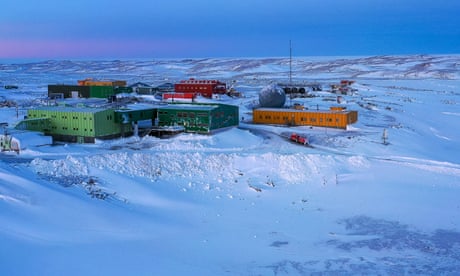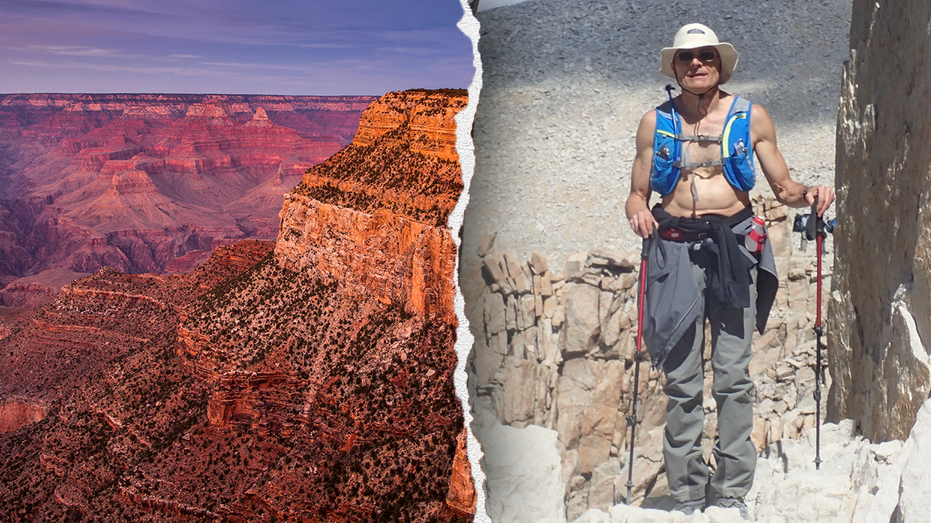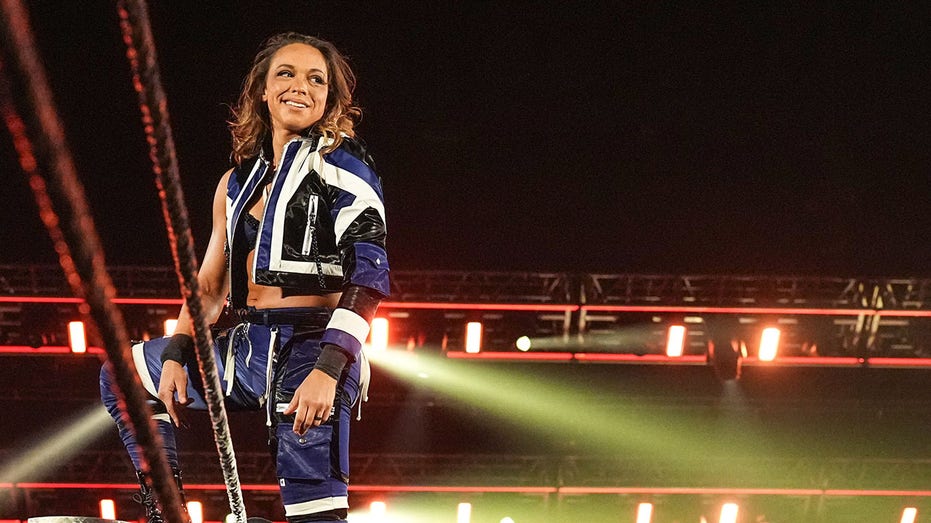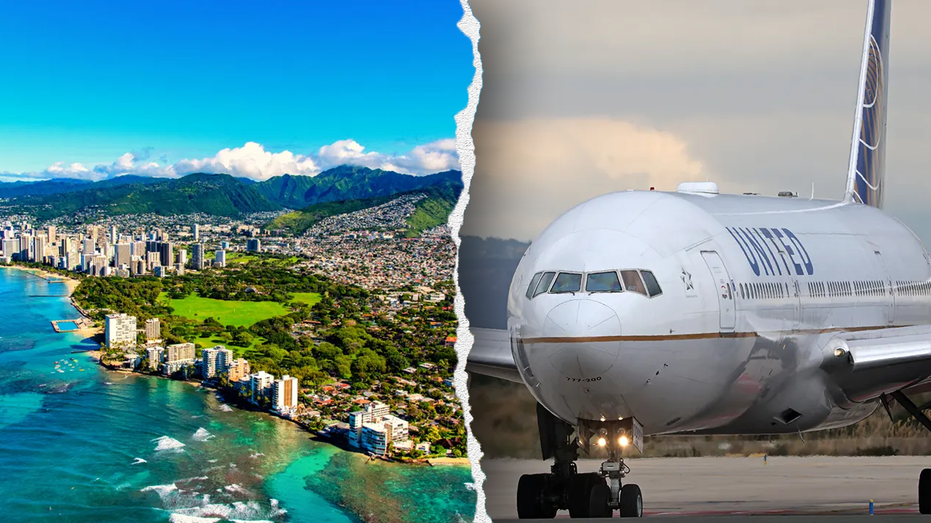- by foxnews
- 23 May 2025
Coalition pledges $804m to ensure Antarctica is ‘free from conflict’
Coalition pledges $804m to ensure Antarctica is ‘free from conflict’
- by theguardian
- 22 Feb 2022
- in news

The prime minister, Scott Morrison, will announce $804m for strategic and scientific programs in Antarctica over the next decade as the government flags its intention to increase Australia's role in the increasingly contested region.
Announcing the funding pledge in the key Tasmanian seat of Lyons on Tuesday, Morrison will talk up the commitment as a "clear international signal of Australia's world-leading Antarctic leadership".
The package - about half of which is committed over the next five years - will include $136m for charting activities, mobile stations and traverse capability, and $109m for a new drone fleet, autonomous vehicles and medium lift helicopters.
This will allow the government to map "inaccessible and fragile areas of east Antarctic", and set up a new "Antarctic eye" program that will monitor parts of the continent with integrated sensors and cameras that provide real-time information.
The helicopters, which have a range of 550km, will allow researchers to travel to parts of the continent that have not previously been accessible using the government research vessel RSV Nuyina as a launchpad.
"The money we are investing in drone fleets, helicopters and other vehicles will enable us to explore areas of east Antarctica's inland that no country has ever been able to reach before," Morrison said ahead of Tuesday's announcement.
"My government will continue to back our world-class scientists and expeditioners with the necessary funding and resources, because their research on the frozen continent and in the Southern Ocean is critically important to Australia's future."
A range of other projects under the package will focus on new scientific endeavours, including $7.4m for research focused on Antarctic ice sheet science to build global understanding of climate change impacts.
The government said this will improve Australia's ability "to support Pacific partners to monitor information about climate and oceans, including sea level rise".
Last year, ice scientists warned that parts of the massive Thwaites glacier in west Antarctica - about 100 times the size of the United Kingdom - could fracture and collapse within five years, accelerating the rate of sea level rises.
The package will also include $4.7m for RSV Nuyina to conduct extended science voyages, while $17.4m will be committed for marine science in the Southern Ocean and a new state-of-the-art krill aquarium in Hobart.
Another $14.3m will be committed for environmental management, including a "Cleaner Antarctica Strategy" to remove legacy waste.
The environment minister, Sussan Ley, said that in the face of increasing pressures in the region, there was "strategic importance" in Australia's pursuit of scientific leadership.
"We need to ensure that the Antarctic remains a place of science and conservation, one that is free from conflict and which is protected from exploitation," Ley said.
From 2026-27, the government will allocate an extra $92.2m a year for further support of Antarctic activities, which is also included in the $804m figure.
The announcement comes amid a debate about how Australia should be protecting its interests in the Antarctic territories, where China has become increasingly assertive, particularly over fishery access.
The issue came to a head after Ley scrapped plans to build a 2.7km concrete runway on Antarctica, prompting China hawks within the Coalition to blast the decision as "retrograde".
A Lowy Institute paper published last year said that China "wants to benefit economically, and potentially militarily, from Antarctica", and was pushing the terms of the Antarctic Treaty System (ATS), primarily over fisheries access, and was active on the ice.
It said that prior to 2016, China's Antarctic stations and science "seemed designed to position it for a territorial claim in the AAT if the Antarctic Treaty were overturned at some point in the future".
The Minister for Foreign Affairs, Marise Payne, said the investment was a clear marker of Australia's "enduring commitment to the Antarctic Treaty system" and Australia's leadership within it.
The funding package allocates $3.4m to enhance Australia's international engagement "to support the rules and norms of the Antarctic Treaty system and promote Australia's leadership in Antarctic affairs."
Morrison said the investment in Antarctica would directly support jobs in Australia, and particularly in Tasmania, "with Australian businesses, contractors, medical suppliers and providers reaping the benefits of local procurement."
The prime minister has begun the week campaigning in the Tasmanian marginal seats of Bass and Lyons, which are crucial to the Coalition's chances of remaining in government.
On Monday, he visited a winery with the member for the seat of Bass, Bridget Archer, who has clashed with Morrison over his failure to deliver on an election commitment for an integrity commission and the government's proposed religious discrimination laws.
Archer crossed the floor on both issues.
Morrison said that Archer was a "fiery" member of his team, but said the Liberal party "don't throw someone out" if they have disagreements.
"It's called Liberal for a reason. The Labor party throw people out when they speak up on important issues to them," Morrison said.
"Bridget, I know, is passionate. Bridget has come with life experience to our team that I greatly value and I greatly respect. You know, we love Bridge. We really do. And I'm really pleased she's on my team, and she's on my team and she's a fiery member of my team and she's a fiery member for Bass."
- by foxnews
- descember 09, 2016
United Airlines flight returns to Hawaii after concerning message found on bathroom mirror; FBI investigating
United Airlines Flight 1169 to Los Angeles returned to Hawaii after a "potential security concern" aboard the plane. The FBI and police are investigating.
read more


